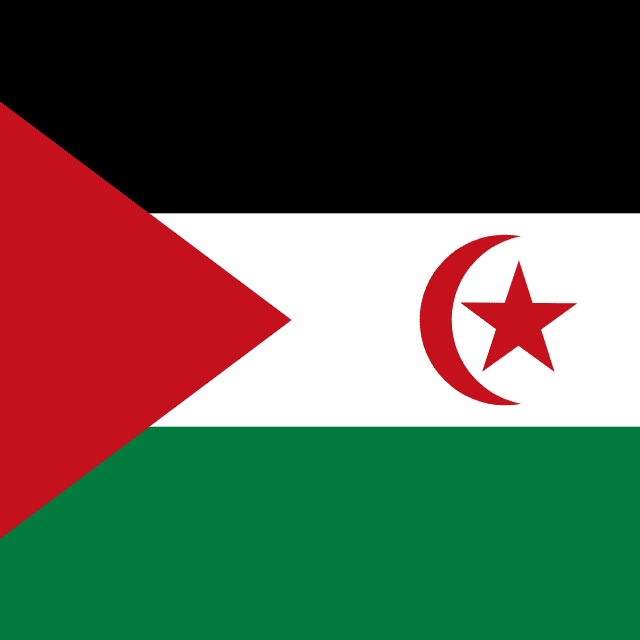Country Reports
 Western Sahara
Western Sahara
Africa - Northern Africa
Open Internet Environment
The open Internet allows people and organizations to mix and match technologies without permission and with minimal barriers. Sustaining and growing an open Internet helps to spur innovation and keep it fit for future applications. An open Internet is an accessible Internet – it is easy to connect to the open Internet and use its services.
Internet Shutdowns
Intentional disruptions of Internet communications, making them unavailable for a specific population, location, or type of access.
- Ongoing: 0
- Last 12 months: 0
Retail ISP Diversity
Diversity of retail Internet providers improves resilience and user choice.
- Excellent
Globally Connected Infrastructure
The globally connected Internet is inclusive. It allows networks and users to interconnect without geographical restrictions. Increasing the connectivity of the Internet makes it more valuable to every participant, as a tool for communications, learning, commerce.
IPv6 Adoption
Enabling the Internet to support more users and more uses.
- 100%
- Regional Rank: 1st
- Africa average: 6%
Secure and Trustworthy Internet
A secure Internet is resistant to attacks on its infrastructure, delivering a robust service to its user community. A trustworthy Internet meets the expectations of its users by offering a resilient and reliable base for applications and services.
Naming Security Status
Adopting DNSSEC improves trustworthiness of Internet communications.
-
None
Inactive

